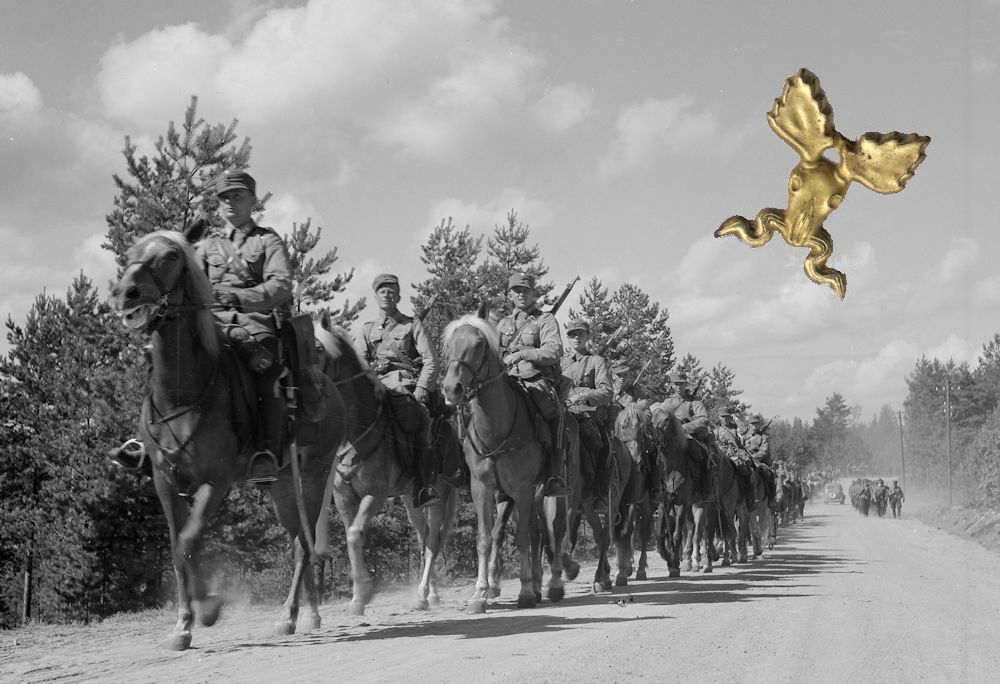In books talking about the development of armor as a replacement for horse driven cavalry post-WW1, they never specify when horse cavalry was fully phased out of militarized, especially in Europe.
One can assume by a certain time period everything will be fully mechanized, but what if you are writing an alternate WW1 or no WW1 timeline? Does cavalry remain a strong factor in battles or does it get phased out as well, just slower?
One can assume by a certain time period everything will be fully mechanized, but what if you are writing an alternate WW1 or no WW1 timeline? Does cavalry remain a strong factor in battles or does it get phased out as well, just slower?


